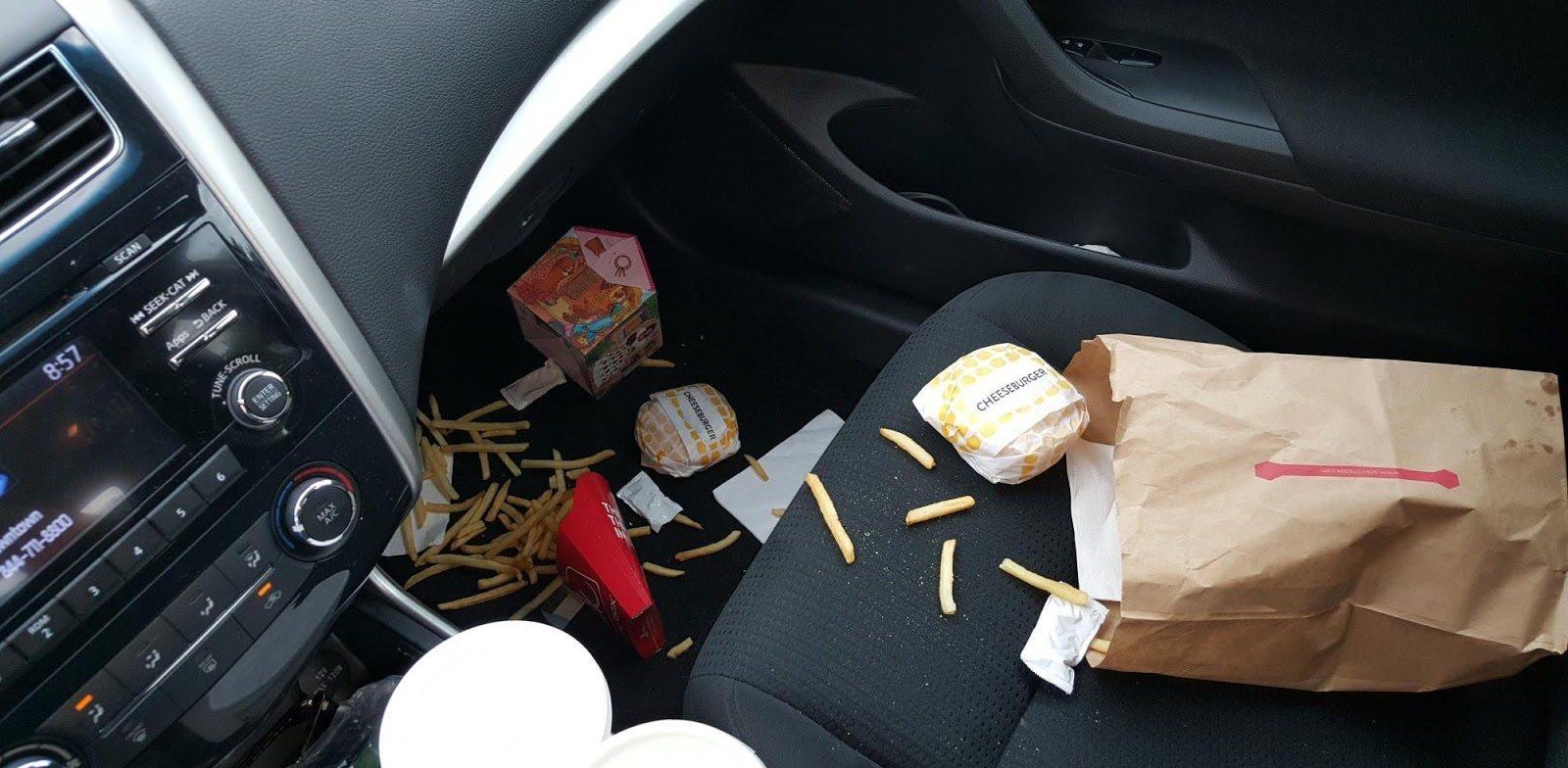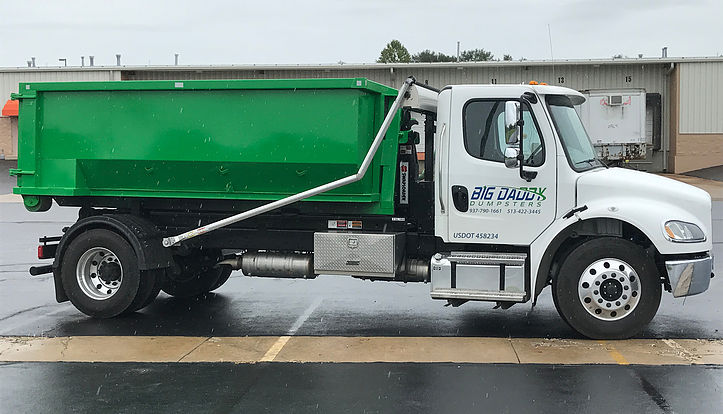Create a Neighborhood Yard Sale
There are many problems with garage and yard sales. There is gathering stuff together, deciding on prices, putting it out on display that morning, and lots of other logistics. This includes advertising.
You could advertise in the local paper, Craigslist, Facebook, with neighborhood fliers, and other social media. Few people have the resources to advertise in any broader way.
So the real problem is, you are unlikely to draw a big enough crowd to sell everything you hoped to sell.
That’s if you do it alone. You don’t have to do it alone. By doing a little extra prep work, you can divide the effort and multiply the crowd you get for your neighborhood yard sale.
Create a neighborhood yard sale:
Here’s a quick overview of how to create a neighborhood yard sale.
- Pick three dates that work for you, the further in advance the better. It would be ideal to be six months in advance, but even two months might be enough.
- Give these dates to your neighbors in a flier (put it in their door handle, not their mailbox!) Or just talk with three or four of them.
- Then pick the consensus date.
- Ask for one volunteer to do each of the following:
- Design fliers that provide the date, times, and location of the neighborhood sale
- Post those fliers in visible spaces around your community
- Create a .jpeg image with this information that multiple families can share on their own social media account
- Plan for removing unwanted items at the end of the day – some to a dumpster rented for that purpose and some to a local charity
- If feasible, add the following fun tweaks, assigning one per person:
- Get the street blocked off
- Invite a food truck
- Add a face painting booth
- Allow other neighbors from outside of your neighborhood to sell from your space
- Send a reminder two weeks before to all your neighbors – it’s time to clean and prep items for sale, including marking them with tags and setting prices.
- Clearly mark the price on items and, if more than one family is selling from a particular garage or yard, use different color tags to help divide the money at the end of the day
- Buy something from a neighbor!
- Help your neighbors clean up
Hosting a neighborhood yard sale can draw a larger crowd than an individual garage sale. More importantly, if done well, it can build a sense of community.




